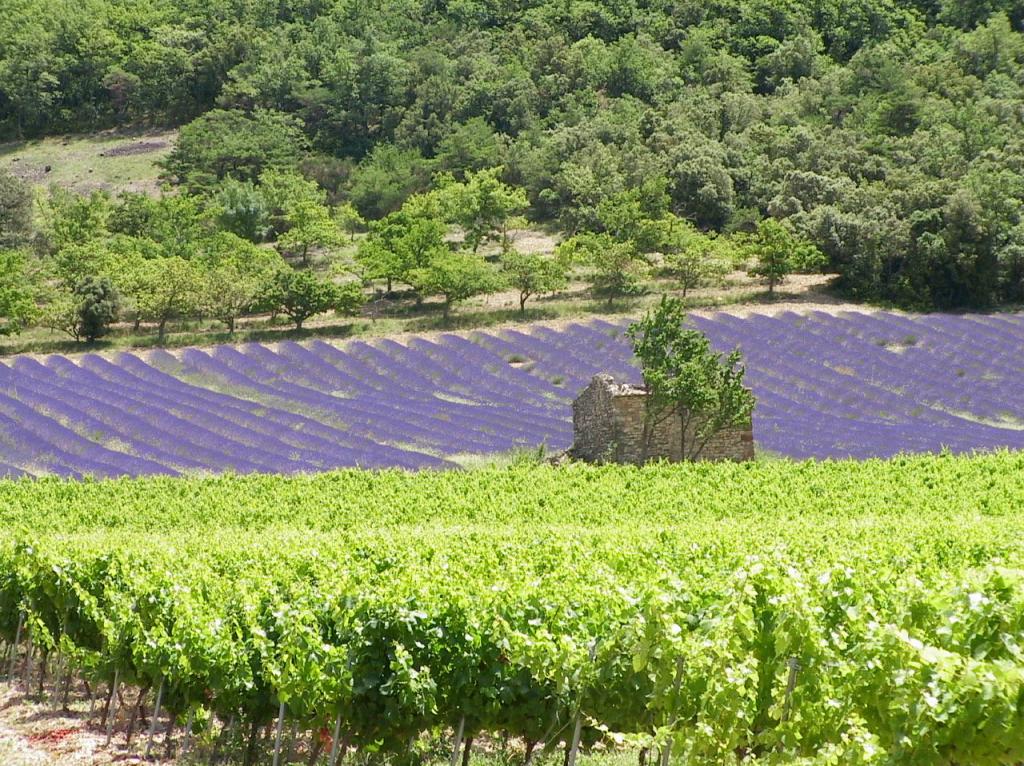This area is divided into two parts : the northern part (from Vienne to Valence) and the southern part (frome the south of Donzère to Avignon). The northern part has a semi-continental climate ; the soil is composed of brittle granite. The southern part benefits from a Mediterranean climate : temperatures are particulary high with lots of sunshine ; the wind (mistral) blows over 200 days a year and the soil is diverse (stones, argilo-calcareous soil, sands, marls...)
With 197684 acres of vineyards, this is the second largest vineyard area and therefore production area in France.
Regional appellation « Côtes-du-Rhône » is located on the northern and southern parts of the area.
The appellation « Côtes du Rhône Villages » is only situated on the southern part.
There are eight appellations in the southern part : Côte Rôtie, Condrieu, Château-Grillet, Saint-Joseph, Cornas, Saint-Péray, Hermitage and Crozes-Hermitage.
Southern appellations are Châteauneuf-du-Pape, Gigondas, Vacqueras, Lirac, Tavel, Muscat de Beaumes-de-Venise and Rasteau. There are eight other appellations in Vallée du Rhône (including the famous Clairette de Die).
